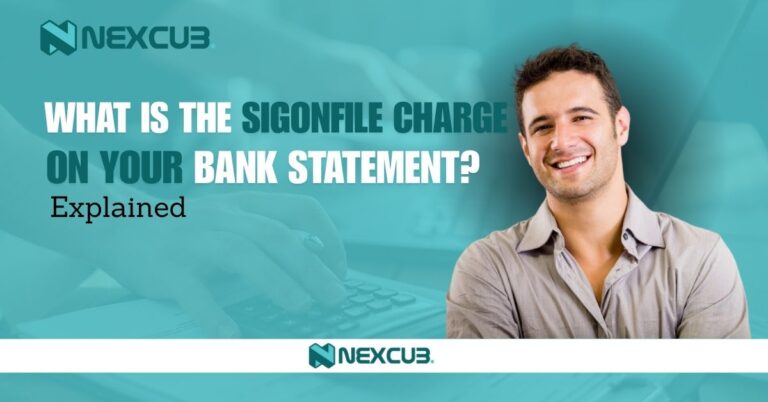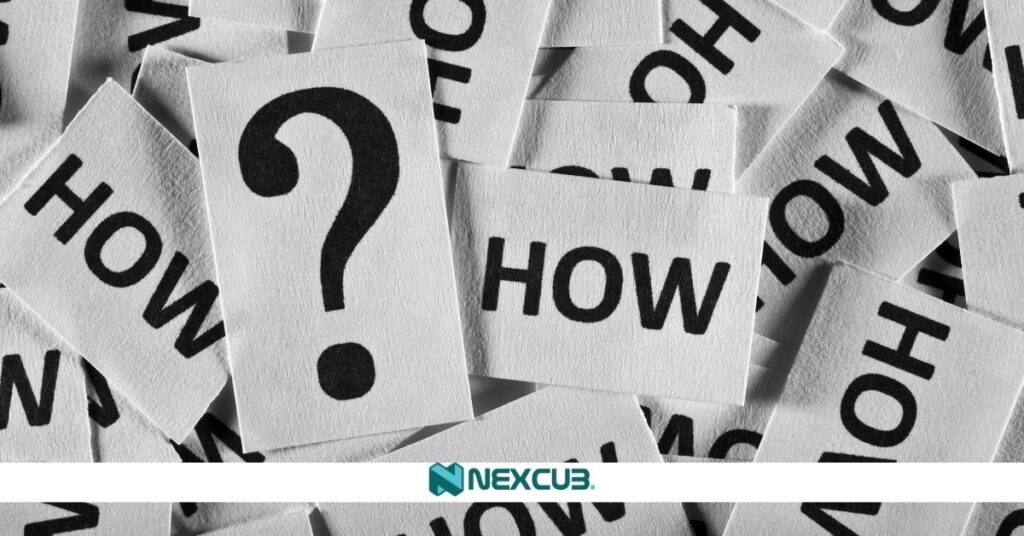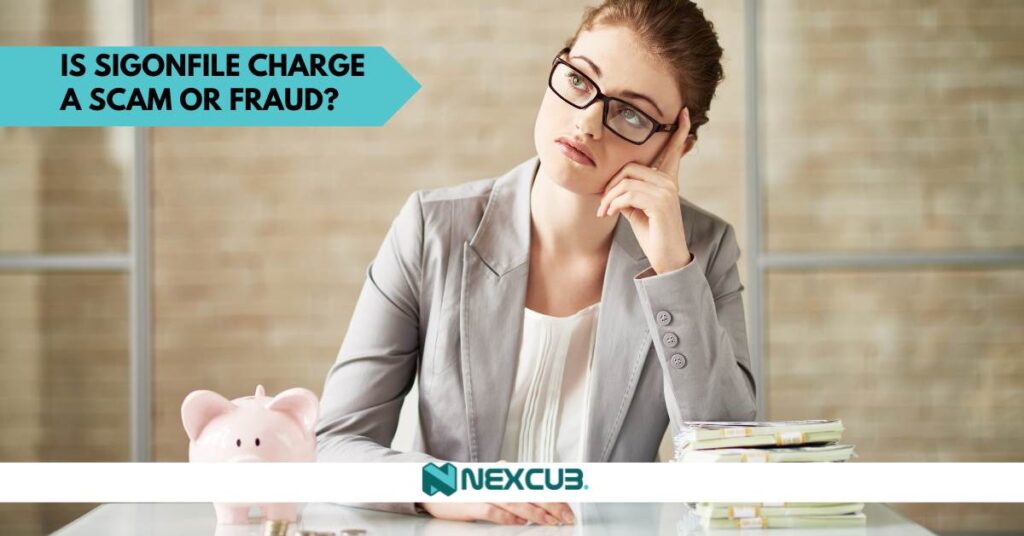Our Location
304 North Cardinal St.
Dorchester Center, MA 02124

Have you ever noticed a Sigonfile charge on your bank statement and wondered what it is? This term might seem unfamiliar, but it often relates to payments linked to recurring services or online subscriptions. Understanding these charges can help you avoid unnecessary confusion and ensure your finances stay on track.
Not sure why a Sigonfile charge appeared on your account? Let’s uncover the meaning behind it and how to handle it effectively.
The Sigonfile refers to a payment method where merchants store your card details securely for future transactions. This process is common with subscription services, online shopping, and recurring billing.
When you agree to save your payment information, the merchant uses this system to charge your account automatically.For example, if you subscribe to a streaming service, they may use Sigonfile to renew your subscription without needing your card details each time.
While this setup is convenient, it’s essential to keep track of merchants who store your payment info to avoid unexpected charges. Always read the terms when agreeing to these services to understand how your card might be used.
Review your statement, check subscriptions, contact the merchant, dispute with your bank, and monitor future transactions.
Start by carefully reviewing your bank statement to identify the Sigonfile charge. Look for the merchant’s name, amount, and transaction date. Sometimes, the name might differ from what you expect, as companies often operate under different billing names.
Think about recent services or subscriptions you’ve signed up for. Some free trials automatically switch to paid plans. Verify if the charge matches any service you’ve recently used or authorized.
If the charge is unfamiliar, reach out to the merchant directly. Their contact details are often linked to the transaction on your bank statement. Explain your concern and ask for details about the charge.
If the merchant doesn’t resolve the issue or the charge seems fraudulent, contact your bank. Request to dispute the charge and explain the situation. Banks often investigate and may reverse unauthorized charges.
To prevent future issues, regularly review your statements and unsubscribe from services you no longer use. Stay vigilant about stored payment methods to avoid unexpected charges.
Unexpected Sigonfile charges can be frustrating, but with a few proactive steps, you can avoid them altogether. Here’s how:

Regularly review all subscriptions and recurring services tied to your payment cards. Use apps or calendars to monitor billing dates. Cancel services you no longer use to avoid surprise charges.
Before signing up for any service, read the terms and conditions. Look for clauses about recurring payments and saved card details. This helps you understand how and when your card might be charged.
Many banks offer virtual cards for online transactions. These allow you to set limits or expiration dates, reducing the risk of unexpected charges.
Enable notifications for upcoming payments or subscription renewals. This gives you time to cancel or verify charges before they occur.
Check your statements monthly for unfamiliar charges. Identifying unexpected Sigonfile charges early makes it easier to address them.
Avoid saving card details with merchants unless necessary. This minimizes the chances of unauthorized or forgotten charges.
By following these steps, you can maintain better control over your finances and prevent unnecessary surprises on your bank statement.
Also Read: How Much Does Small Business Insurance Cost? | Affordable Coverage Options
If you spot an unexpected Sigonfile charge, here’s what you can do:
By following these steps, you can quickly handle any Sigonfile charges and avoid unnecessary financial surprises.
A Sigonfile charge itself is not inherently a scam or fraud. It’s a legitimate payment processing system used by merchants to store and process your payment details for recurring transactions, such as subscription services. However, it can appear as a fraud if the charge is unfamiliar or unauthorized.

Scams often involve companies using deceptive methods to get you to sign up for services without clearly explaining the costs or billing processes. If you notice a Sigonfile charge that you don’t recognize, it could be due to:
If you suspect fraud, take action immediately to resolve the issue.
Taking these steps will help protect you from any potential fraud or scam related to Sigonfile charges.
A Sigonfile charge is typically a legitimate transaction linked to recurring services, but it can also appear due to fraud or errors. Regularly reviewing your bank statements, understanding merchant policies, and monitoring subscriptions can help you avoid unexpected charges.
If you encounter an unfamiliar Sigonfile charge, always take the necessary steps to investigate, contact the merchant, and dispute the charge if needed. Staying proactive ensures that your finances remain secure and you avoid unnecessary surprises.
Abbreviations on your bank statement often represent merchants, transaction types, or payment methods. Common examples include “ACH” for electronic payments or “POS” for point-of-sale transactions.
Your bank statement lists all transactions within a specific period, including deposits, withdrawals, fees, and interest. It shows the starting and ending balance for the period.
A bank statement includes transaction dates, descriptions, amounts, fees, and account balances. It also shows deposits, withdrawals, and any interest earned.
Your bank statement will show all transactions, such as payments, deposits, fees, and transfers, along with their respective dates, amounts, and descriptions.